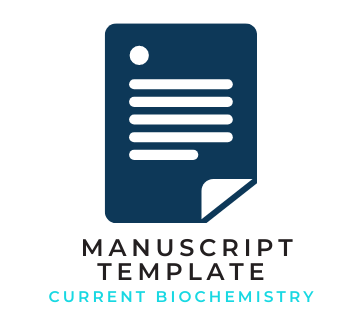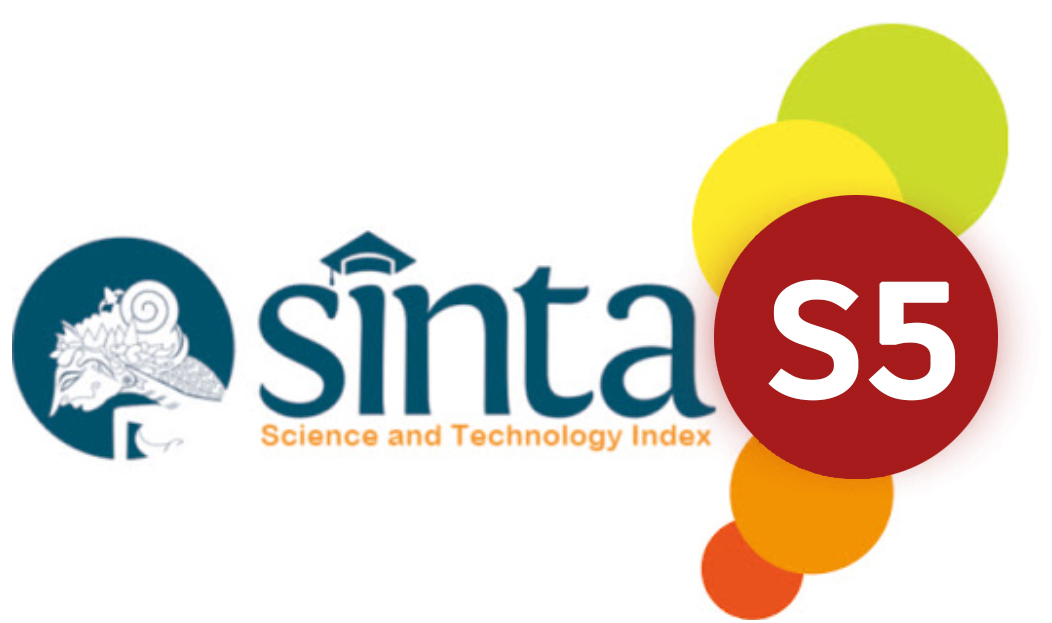Potency of Bioactive Compounds in Indramayu Mango Peel Waste to Inhibit ACE2
Abstract
According to reports, mango peel contains bioactive compounds—especially phenolic—threefold higher than the flesh. This issue underlies the research that aims to identify bioactive compounds from Indramayu mango peel which have the potential as ACE2 inhibitors. The study was initiated by extracting mango peel simplicia using aquadest, then carried out with phytochemical screening, and identification of compound content by LC-MS. The extraction obtained 21.3% of yield. The results of phytochemical screening showed that secondary metabolites in the form of alkaloids, flavonoids, saponins, and tannins were identified in the mango peel. At the same time, the LC-MS fragmentation results obtained 40 compounds based on the largest sample area. The result from fragmentation were tested for Lipinski bioavailability prediction and ADMET test and obtained 10 potential compounds. Molecular docking was performed on the ACE2 receptor with 10 sample ligands and 1 comparison ligand using YASARA Structure. All of the sample ligands (from Lipinski and ADMET test) showed higher free energies than comparison ligand, chloroquine. Mangiferin is a typical mango compound identified in LC-MS, had inhibitor activity against ACE2. Two-dimensional visualization using Discovery Studio showed mangiferin interaction with the receptor via hydrogen bond, hydrogen carbon bond and phi-anion interactions at three amino acid residues (Thr371, Glu375, Glu402) on the active site of ACE2.
Keywords: ACE2, bioactive compound, mango peel, mangiferin, waste
Copyright (c) 2021 Mustika Luthfia, Assifah Eryandini, Deki Geraldi, Chelsy Narita, Choirunnisa Miftahul Jannah, Laksmi Ambarsari

This work is licensed under a Creative Commons Attribution-ShareAlike 4.0 International License.









